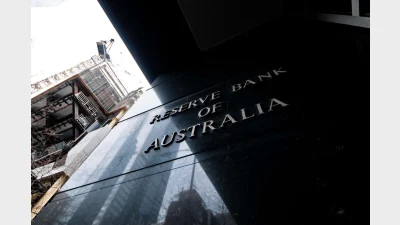Decision on Health Super brand in mid-2012


 The newly merged First State Super and Health Super will make a decision about the future of the Heath Super brand by 30 June 2012.
The newly merged First State Super and Health Super will make a decision about the future of the Heath Super brand by 30 June 2012.
The administration functions of both funds will also be fully combined by the middle of next year, according to First State Super/Health Super chief executive Michael Dwyer. This will include one set of investment options for both funds.
Research is currently being conducted with stakeholders into the strengths and weaknesses of the funds' brands, he added. The decision to retain the Health Super brand or combine it into First State Super is yet to be made, and is something "we have an open mind about at the moment", according to Dwyer.
"The merger's going particularly well. We have 23 working streams that are focusing on everything from pricing to insurance offerings and investment offerings," Dwyer said.
Moving the entire fund from crediting rates to a daily unit price is a big task to undertake, he added. Pre-merger, First State Super was a daily unit price fund, whereas Health Super was a crediting rate fund.
The board of the merged entity is made up of nine former First State Super members and four Health Super members. The plan is to keep the board at 13 members, according to Dwyer.
The two funds merged on 30 June 2011, creating one of Australia's largest superannuation funds with over $30 billion in funds under management and 770,000 members.
Recommended for you
Governor Michele Bullock took a more hawkish stance on Tuesday, raising concerns over Donald Trump’s escalating tariffs, which sent economists in different directions with their predictions.
Equity Trustees has announced the appointment of Jocelyn Furlan to the Superannuation Limited (ETSL) and HTFS Nominees Pty Ltd (HTFS) boards, which have oversight of one of the companies’ fastest growing trustee services.
Following growing criticism of the superannuation industry’s influence on capital markets and its increasing exposure to private assets, as well as regulators’ concerns about potential risks to financial stability, ASFA has released new research pushing back on these narratives.
A US-based infrastructure specialist has welcomed the $93 billion fund as a cornerstone investor.












